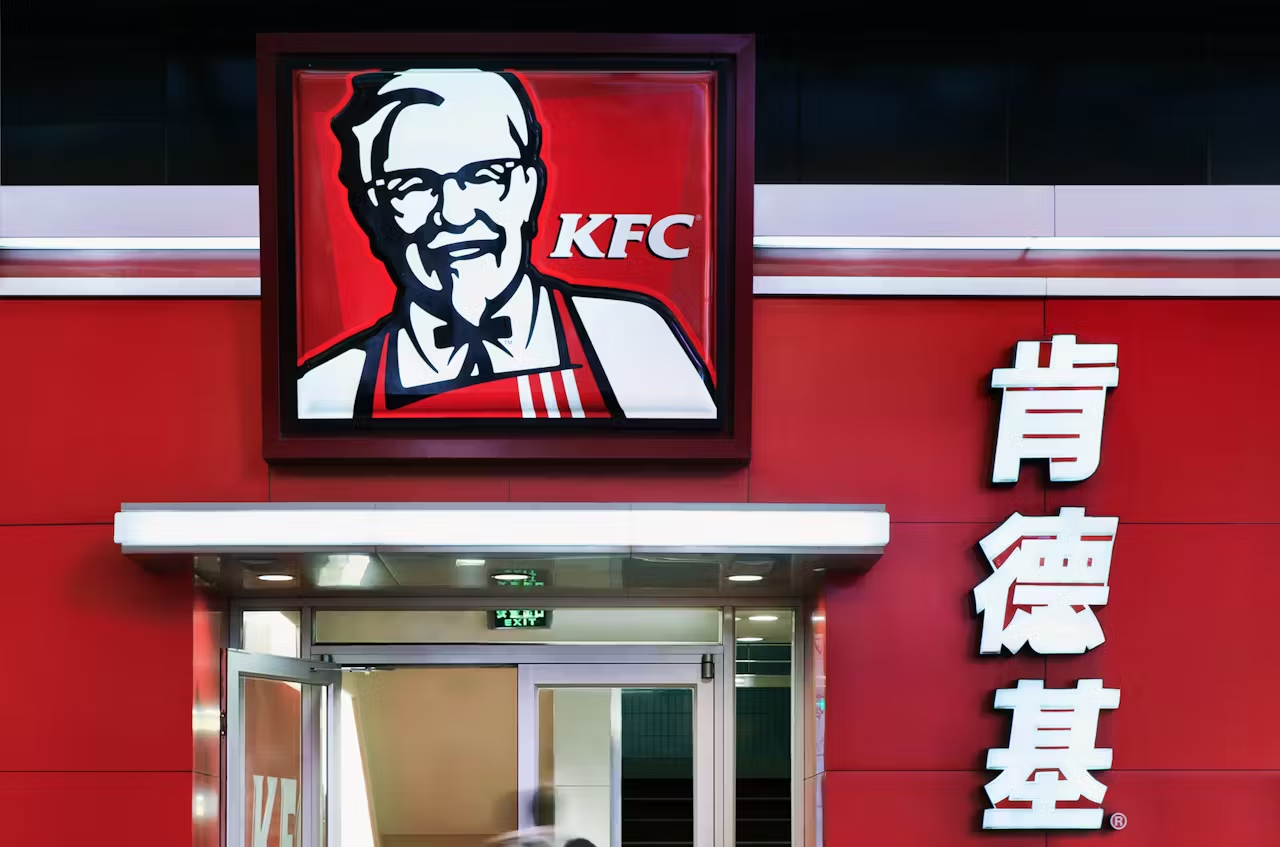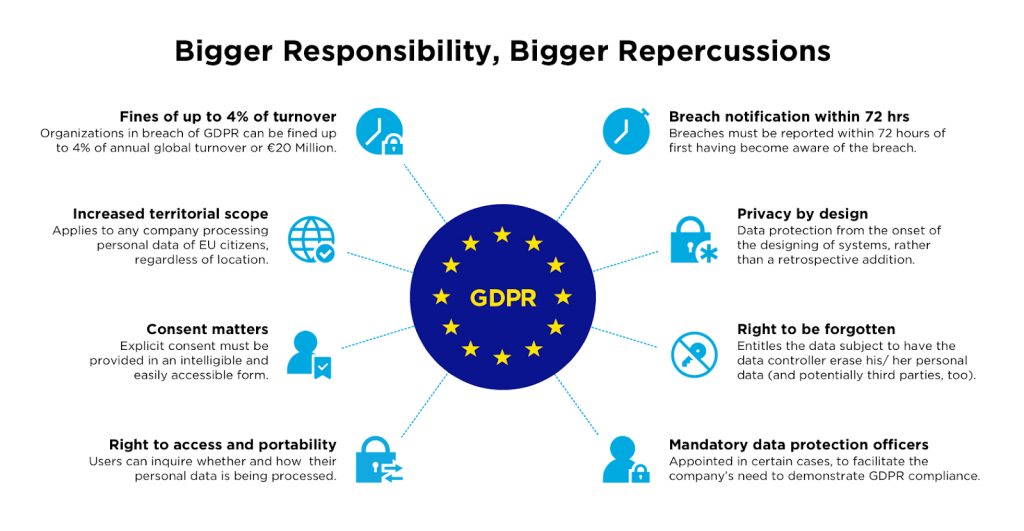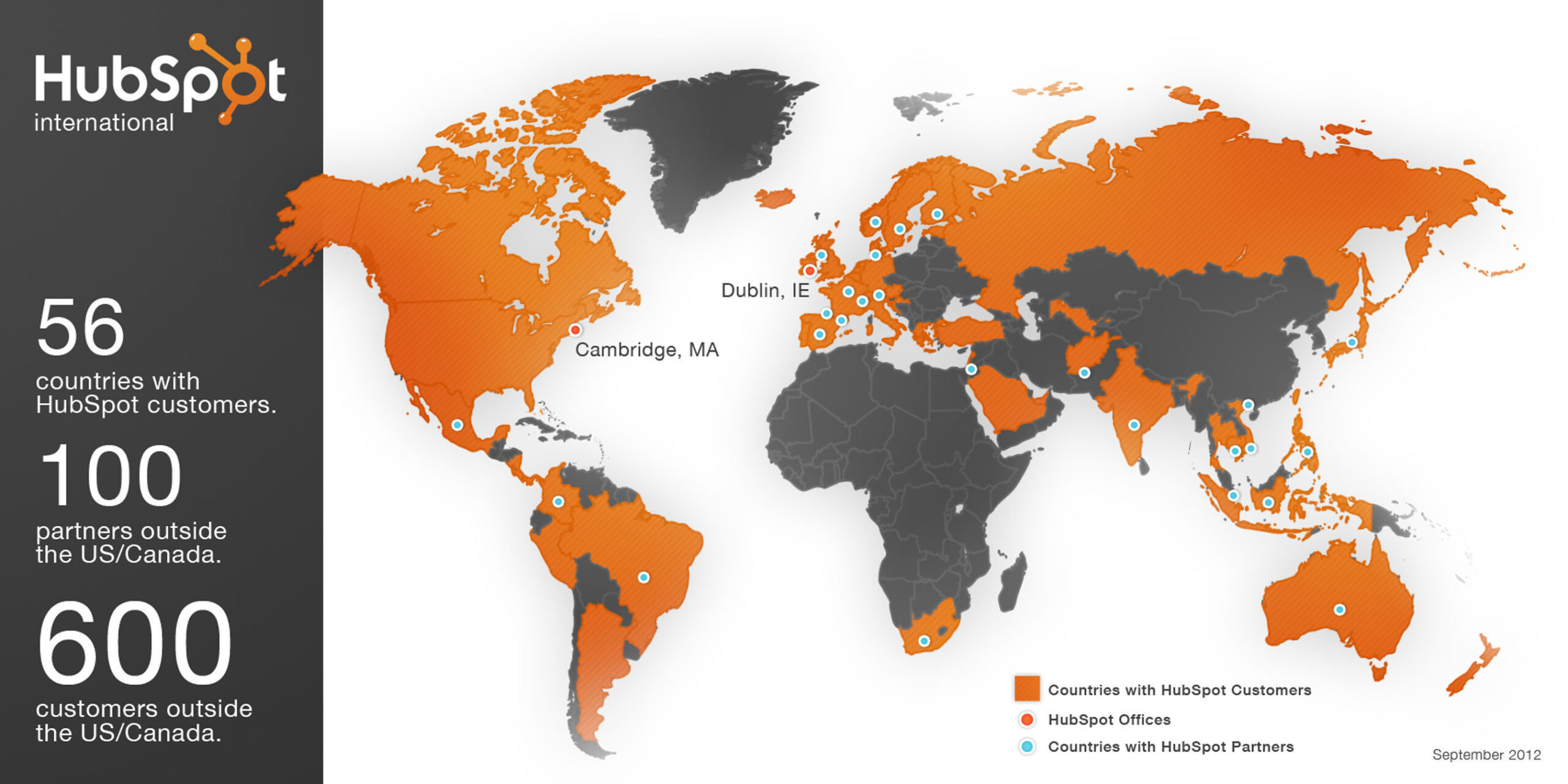As businesses expand their reach into international markets, they are often met with a set of unique challenges. What works for a domestic audience might not resonate, or could even offend, in another part of the world. Global marketing campaigns require an extra layer of sophistication, blending cultural awareness, regulatory compliance, and technical precision. By navigating these complexities carefully, brands can create successful international marketing strategies that truly connect with global audiences.
Understanding Cultural Sensitivity
Cultural differences are perhaps the most prominent hurdle in global marketing. What may seem like an engaging or humorous campaign in one country can easily misfire in another due to cultural norms, values, or even taboos. Cultural sensitivity is key to avoiding these pitfalls.
For instance, consider Pepsi’s 1990s campaign in Taiwan, where their slogan “Pepsi brings you back to life” was mistranslated to imply resurrection—a message that didn’t sit well with local beliefs. To prevent such missteps, it’s critical to conduct thorough cultural research, understanding not only language but symbolism, gestures, and traditions that may influence how your message is received.

When creating global campaigns, brands should consider developing region-specific strategies that align with local traditions, lifestyles, and media preferences. This approach ensures that the campaign resonates and avoids crossing cultural boundaries.
Language and Localization
While translation is a necessary component of global marketing, localization takes it a step further. True localization involves adapting content not only in language but also in tone, context, and imagery to reflect local values. It’s not just about saying the right words but saying them in a way that connects with the audience.
For example, a brand slogan that relies on humor or slang in English may need to be rewritten to capture the same sentiment in another language. The lack of proper localization can lead to confusing or even offensive messaging, as was the case when KFC’s famous “Finger Lickin’ Good” slogan was translated to “Eat your fingers off” in China. Understanding colloquialisms and cultural references is crucial for successful localization.

A best practice for global marketers is to work with local linguists, copywriters, and cultural consultants to ensure content not only makes sense but aligns with local preferences. Investing in a truly localized strategy can increase the effectiveness of your campaign across borders.
Navigating Regulatory Differences
One of the more complex challenges of international marketing is adhering to the varying regulations that govern advertising across regions. From data privacy laws like GDPR in Europe to different advertising standards in places like China or the Middle East, these regulations can have significant implications on how campaigns are run.
For example, the European Union’s GDPR limits how customer data can be collected and used for marketing purposes. If a campaign violates these standards, it could result in hefty fines and reputational damage. Similarly, advertising guidelines in countries like Japan or Germany may be far stricter than those in the United States, especially when it comes to claims around product benefits or competitive messaging.
To effectively navigate these challenges, global marketing teams must stay up-to-date with legal standards in each target market. Working with local legal experts or compliance officers can help ensure that campaigns are both compliant and effective.

Overcoming Technical and Logistical Challenges
Beyond the cultural and regulatory complexities, there are technical and logistical barriers to global marketing campaigns. These include time zone differences, the availability of digital infrastructure, and the dominant social media platforms in each region.
For instance, while Facebook may dominate in the United States, WeChat is the primary platform in China, and WhatsApp has a strong presence in parts of Europe and Latin America. Ensuring that your campaign aligns with the preferred digital platforms in each market is critical to its success.
Additionally, managing global teams across time zones can present challenges in coordination and execution. Establishing a centralized strategy with local execution teams can help maintain consistency while allowing flexibility for localized adaptations. Communication tools like Slack, Trello, or project management platforms can bridge the gap between distributed teams, ensuring smooth coordination.
Measuring Success Across Markets
Once your campaign is live, it’s essential to measure success and refine your approach. However, measuring success in a global campaign comes with its own set of challenges. The KPIs that matter in one market may not carry the same weight in another. For example, while click-through rates may be a primary indicator of success in North America, customer engagement through chatbots or mobile apps might be more important in parts of Asia.
Using a combination of global and local performance metrics is key to understanding the full impact of your campaign. Tools like Google Analytics, HubSpot, or SEMrush allow you to track region-specific results, providing insights into what works and what needs adjustment. This iterative approach helps global campaigns evolve based on real-time data.

Partner with Experts for Global Success
Navigating the complexities of global marketing campaigns requires careful planning, local insights, and a flexible approach. From cultural sensitivity to regulatory compliance, the success of an international campaign depends on understanding the nuances of each market.
Partnering with Bluetext ensures that your global marketing strategy is in the hands of experts who know how to navigate these challenges. With our proven track record of executing campaigns across multiple regions, we can help you create a tailored global marketing approach that resonates with diverse audiences and drives results. Contact us today.


